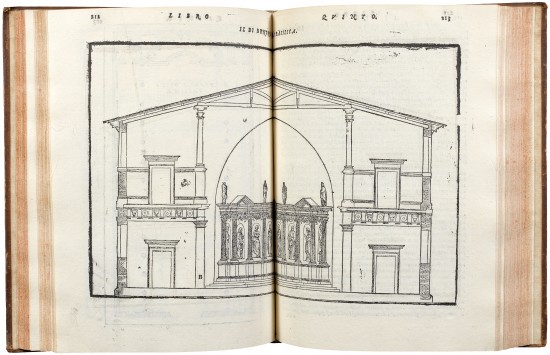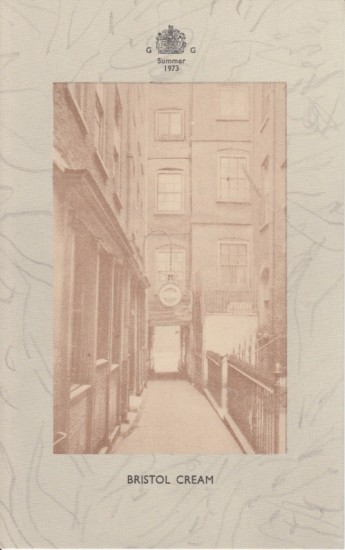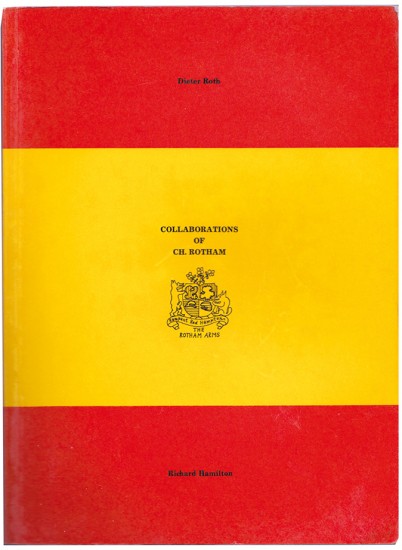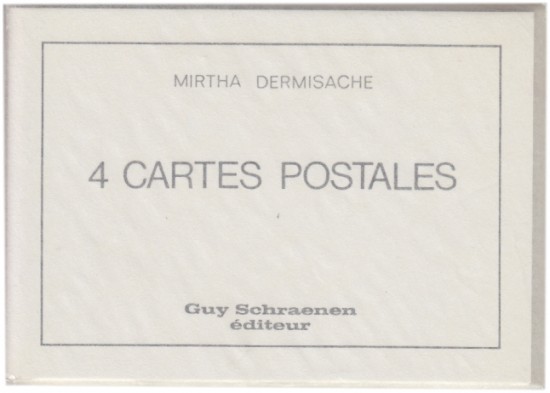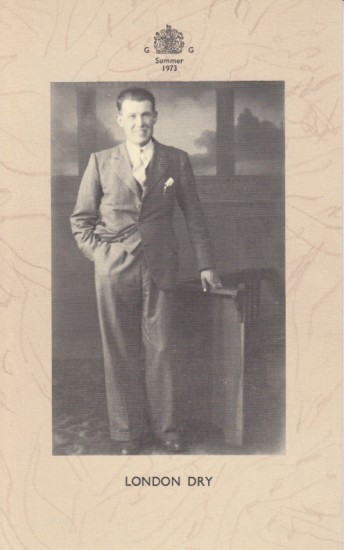I Dieci Libri dell’Architettura di Vitruvio tradutti et commentati da Monsignor Barbaro eletto patriarca d’Aquileia, da lui riueduti & horain piu commoda formaridotti
Vitruvius, Pollio Marcus
Venice. Appresso Francesco de' Franceschi Senese. 1584
Sold
A very good copy of the third edition of the Barbaro translation of Vitruvius with his commentary.
The woodcuts for this edition are the same (with some reworking) as those for the Venice edition of 1567 (also published by de Franceschi), a quarto version of the folio edition by Marcolini published in 1556. The illustrations represent sections of buildings, construction details, geometric figures, clocks, astronomical figures, hydraulic machines, measurement instruments et al. Book V concerns the history of theatre and early music.
This edition of Vitruvius with its extensive commentaries provides an insight not only into Barbaro's own theories of architecture, but, even more importantly, into those of Palladio with whom he collaborated in its preparation. It was for Barbaro that Palladio built the Villa Maser at Asolo around 1560 and Barbaro's scholarship must have been of invaluable assistance to Palladio as a guide through Vitruvius' theories of numbers and proportions and other such problems. It was Palladio who provided the illustrations for this edition, engraved by Salviati.
Daniel Barbaro was in every sense a Renaissance 'huomo universale': an Aristotelean scholar, mathematician, poet, theologian, the official historian of the Venetian republic, ambassador to the court of Edward VI in England, a member of the Council of Trent, a patriarch of Aquila, he was one of the outstanding personalities of the first half of the sixteenth-century.
'He [Barbaro] comments on the Vitruvian text in a medieval manner, glossing each sentence, but succeeds in presenting the work as a systematic composition, based on logical Aristotelian principles and leavened by concepts derived from Pythagoras and Euclid. Barbaro attributes great importance to mathematical laws, which he sees as fundamental for architecture. His mathematical cosmology ... presupposes a numerical order implicit in the organization of the world from which he derives his concept of eurhythmy as the fundamental principle of all the arts, best realized in architecture.' (Millard).
'That Barbaro followed his edition of Vitruvius with a treatise on perspective (La Pratica della perspettiva, 1569), supports the relationship in the 15th and 16th centuries between studies of Vitruvius, the rebirth of the classical theatre, and perspective. This book contains a mine of information essential to the study of 16th century architectural theory, and of the history of architecture and the theatre.' (Weinreb 1:181).
[Fowler 413; Cicognara 720; Mortimer Italian 549].
The woodcuts for this edition are the same (with some reworking) as those for the Venice edition of 1567 (also published by de Franceschi), a quarto version of the folio edition by Marcolini published in 1556. The illustrations represent sections of buildings, construction details, geometric figures, clocks, astronomical figures, hydraulic machines, measurement instruments et al. Book V concerns the history of theatre and early music.
This edition of Vitruvius with its extensive commentaries provides an insight not only into Barbaro's own theories of architecture, but, even more importantly, into those of Palladio with whom he collaborated in its preparation. It was for Barbaro that Palladio built the Villa Maser at Asolo around 1560 and Barbaro's scholarship must have been of invaluable assistance to Palladio as a guide through Vitruvius' theories of numbers and proportions and other such problems. It was Palladio who provided the illustrations for this edition, engraved by Salviati.
Daniel Barbaro was in every sense a Renaissance 'huomo universale': an Aristotelean scholar, mathematician, poet, theologian, the official historian of the Venetian republic, ambassador to the court of Edward VI in England, a member of the Council of Trent, a patriarch of Aquila, he was one of the outstanding personalities of the first half of the sixteenth-century.
'He [Barbaro] comments on the Vitruvian text in a medieval manner, glossing each sentence, but succeeds in presenting the work as a systematic composition, based on logical Aristotelian principles and leavened by concepts derived from Pythagoras and Euclid. Barbaro attributes great importance to mathematical laws, which he sees as fundamental for architecture. His mathematical cosmology ... presupposes a numerical order implicit in the organization of the world from which he derives his concept of eurhythmy as the fundamental principle of all the arts, best realized in architecture.' (Millard).
'That Barbaro followed his edition of Vitruvius with a treatise on perspective (La Pratica della perspettiva, 1569), supports the relationship in the 15th and 16th centuries between studies of Vitruvius, the rebirth of the classical theatre, and perspective. This book contains a mine of information essential to the study of 16th century architectural theory, and of the history of architecture and the theatre.' (Weinreb 1:181).
[Fowler 413; Cicognara 720; Mortimer Italian 549].
[258 leaves; pp.(viii), 505, (i)]. Small folio. (242 x 180 mm). Elaborate woodcut title, three leaves with Barbaro's dedication to 'Hippolito da Este' and Franceschi's 'Ai Letori', and Vitruvius' text of Books I - X illustrated with woodcuts on 100 pages (occasionally several to a single page) throughout the text as well as three double-page and two folding illustrations, two leaves with woodcut musical notation, decorative woodcut initials throughout, final leaves with star chart and indices. Italian text in Roman and italic types throughout. English eighteenth century speckled calf, banded spine in six compartments with title label, red speckled edges.
#44607
